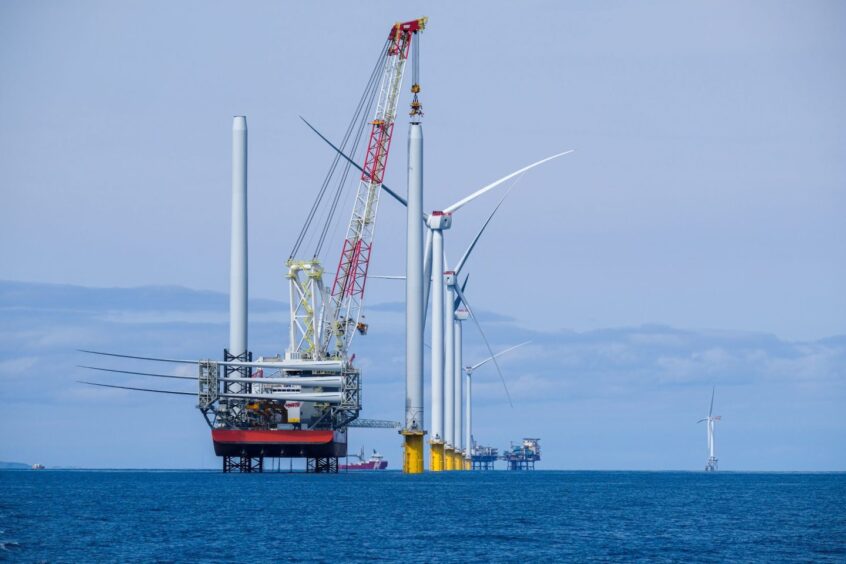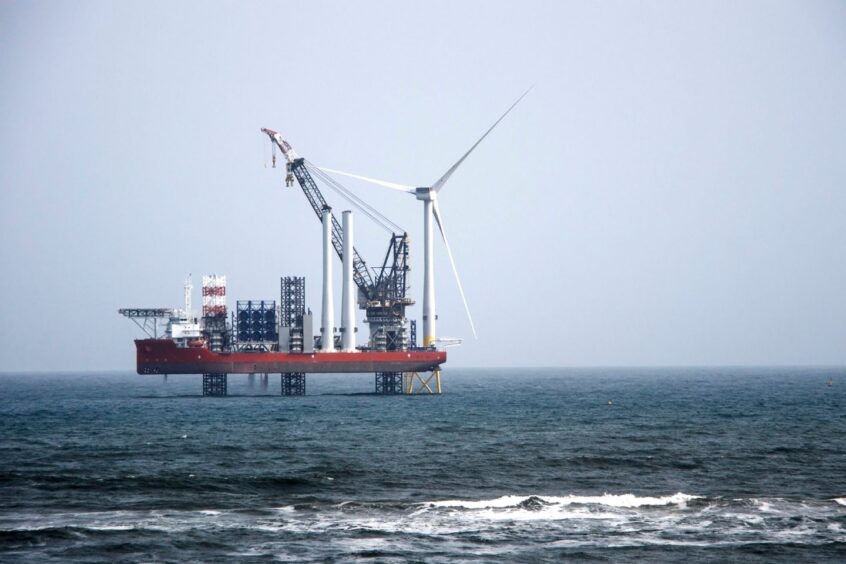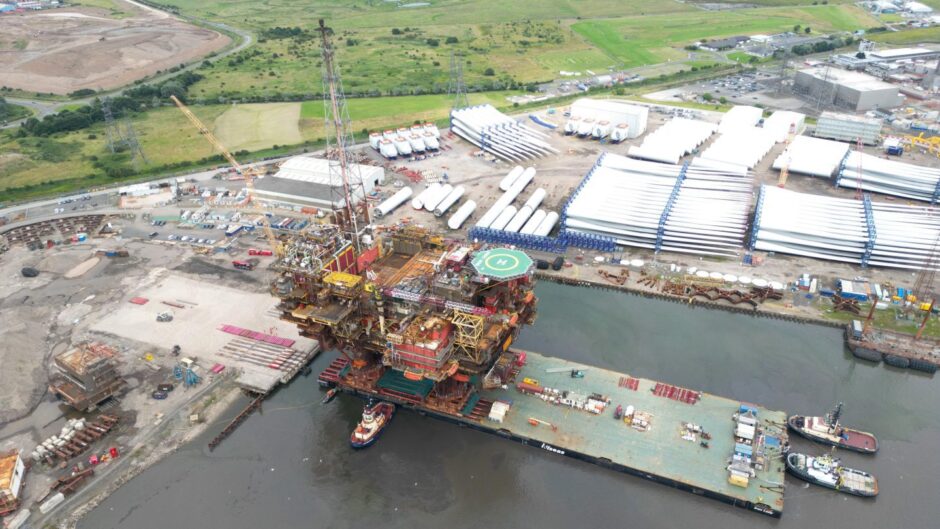
Trade body Offshore Energies UK (OEUK) confirmed a shift as decommissioning-focused businesses from the oil and gas sector to have turned their attention to wind and carbon storage.
At OEUK’s offshore decommissioning conference in St Andrews on Wednesday, the trade body’s director of sustainability Mike Tholen argued for wind to follow in the oil and gas industry’s footsteps when it comes to decommissioning as the trade body launched a duo of documents relating to offshore wind including a guide on decommissioning offshore wind turbines.
Tholen told delegates oil and gas sector firms are “bringing together some real expertise on how to work a part of the business where there is literally no profit except what you make for yourself.
“That’s a familiar story in the wind sector as well, so what we’re trying to do is bring the competitiveness of oil and gas decommissioning, the environmental focus and sustainability of that right into the wind sector.”
On a panel session that kicked off the final day of the conference Lorna Bennet, senior engineer for Offshore Renewable Energy (ORE) Catapult argued that greater environmental awareness around offshore wind decommissioning will be needed as the sector is subject to more social pressure than its hydrocarbon-producing counterpart.
Bennet said: “I think one of the main differences that is maybe perceived, if not entirely accurate, is the reputational damage within the wind industry if they’re not seen to be doing the most sustainable thing is far greater than oil and gas, or maybe they’re just better at brushing it off.”
Because of this “there is a real drive between a lot of the operators to start to plan ahead,” she added.
Last gasp vs fresh air, who gets the vessels?
This planning will also be needed, as Mark McKean, Crown Estate Scotland’s head of offshore assets for energy and infrastructure explained that the two sectors are on a collision course.
McKean pointed out that as offshore wind turbine roll-out peaks in the middle of the next decade so will the decommissioning of existing North Sea wind assets, creating competition for vessels and yard space.
“Expected overlapping timeframes may drive competition for access to a shared – limited – pull of infrastructure, or a strained pull of infrastructure,” McKean observed, particularly around jack up vessels and port access.
That being said, working with domestic decommissioning specialists will be a good way for wind farm operators in the North Sea to meet ambitions to use 60% UK content across the lifespan of projects.
In September Unite the Union said that if the manufacturing target of 60% of local content was met for offshore wind manufacturing, this would create 12,500 new jobs.
However, decommissioning is a more viable way to meet these targets than manufacturing, Bennet added.
“Actually, a huge part of that opportunity is going to be in decommissioning,” she added.
Hydrocarbons know-how will be ‘critical’ for wind decommissioning
Operations and maintenance work is another contributing factor to reaching the 60% local content ambitions, the ORE Catapult senior engineer explained.
With the UK’s existing expertise in oil and gas, Bennet believes that decommissioning is an opportunity for supply chain firms.
“I’ve learned a lot about the oil and gas sector over the last two days,” she said.
“The number of projects that you’re already delivering, the knowledge you’ve already got, the technologies, the expertise, that is going to be critical when it comes to decommissioning offshore wind.”
She said that the work being done by ports in the decommissioning space is “going to be essential”.
“There’s a lot of focus on green free ports and getting prepared for the next generation of installations, bigger turbines.
“There’s not been a huge amount of consideration so far as to how are we actually brining equipment back to shore, where’s that going to go.”
Bennet said that there is “a lot of competition for the build out” of ports but with that comes an “a huge opportunity for the decommissioning side”.
Recommended for you


 © Shutterstock / iweta0077
© Shutterstock / iweta0077 © Supplied by Mammoet
© Supplied by Mammoet